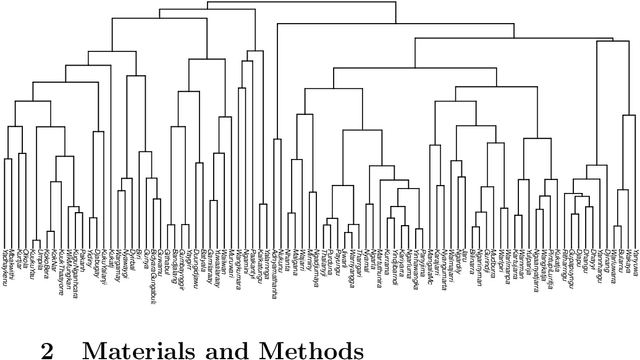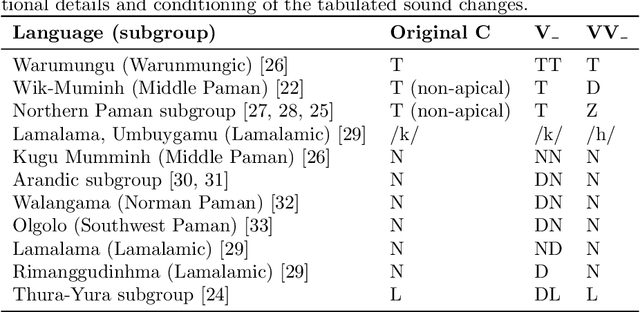Rikker Dockum
Gender bias and stereotypes in Large Language Models
Aug 28, 2023Abstract:Large Language Models (LLMs) have made substantial progress in the past several months, shattering state-of-the-art benchmarks in many domains. This paper investigates LLMs' behavior with respect to gender stereotypes, a known issue for prior models. We use a simple paradigm to test the presence of gender bias, building on but differing from WinoBias, a commonly used gender bias dataset, which is likely to be included in the training data of current LLMs. We test four recently published LLMs and demonstrate that they express biased assumptions about men and women's occupations. Our contributions in this paper are as follows: (a) LLMs are 3-6 times more likely to choose an occupation that stereotypically aligns with a person's gender; (b) these choices align with people's perceptions better than with the ground truth as reflected in official job statistics; (c) LLMs in fact amplify the bias beyond what is reflected in perceptions or the ground truth; (d) LLMs ignore crucial ambiguities in sentence structure 95% of the time in our study items, but when explicitly prompted, they recognize the ambiguity; (e) LLMs provide explanations for their choices that are factually inaccurate and likely obscure the true reason behind their predictions. That is, they provide rationalizations of their biased behavior. This highlights a key property of these models: LLMs are trained on imbalanced datasets; as such, even with the recent successes of reinforcement learning with human feedback, they tend to reflect those imbalances back at us. As with other types of societal biases, we suggest that LLMs must be carefully tested to ensure that they treat minoritized individuals and communities equitably.
* ACM Collective Intelligence
Evolution and trade-off dynamics of functional load
Dec 22, 2021



Abstract:Function Load (FL) quantifies the contributions by phonological contrasts to distinctions made across the lexicon. Previous research has linked particularly low values of FL to sound change. Here we broaden the scope of enquiry into FL, to its evolution at all values. We apply phylogenetic methods to examine the diachronic evolution of FL across 90 languages of the Pama-Nyungan (PN) family of Australia. We find a high degree of phylogenetic signal in FL. Though phylogenetic signal has been reported for phonological structures, such as phonotactics, its detection in measures of phonological function is novel. We also find a significant, negative correlation between the FL of vowel length and of the following consonant, that is, a deep-time historical trade-off dynamic, which we relate to known allophony in modern PN languages and compensatory sound changes in their past. The finding reveals a historical dynamic, similar to transphonologization, which we characterize as a flow of contrastiveness between subsystems of the phonology. Recurring across a language family which spans a whole continent and many millennia of time depth, our finding provides one of the most compelling examples yet of Sapir's 'drift' hypothesis, of non-accidentally parallel development in historically related languages.
 Add to Chrome
Add to Chrome Add to Firefox
Add to Firefox Add to Edge
Add to Edge